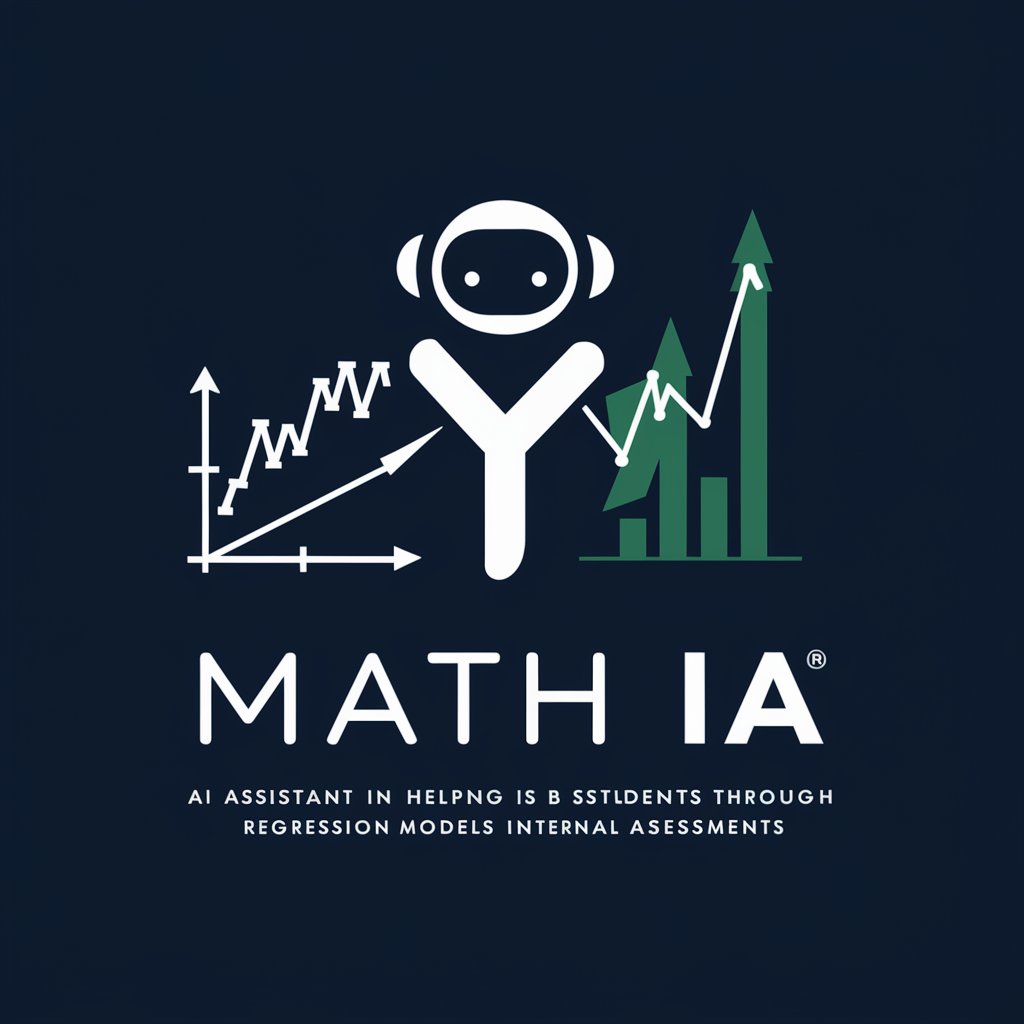
Linear Algebra-step-by-step linear algebra solver
AI-powered linear algebra tutor and solver
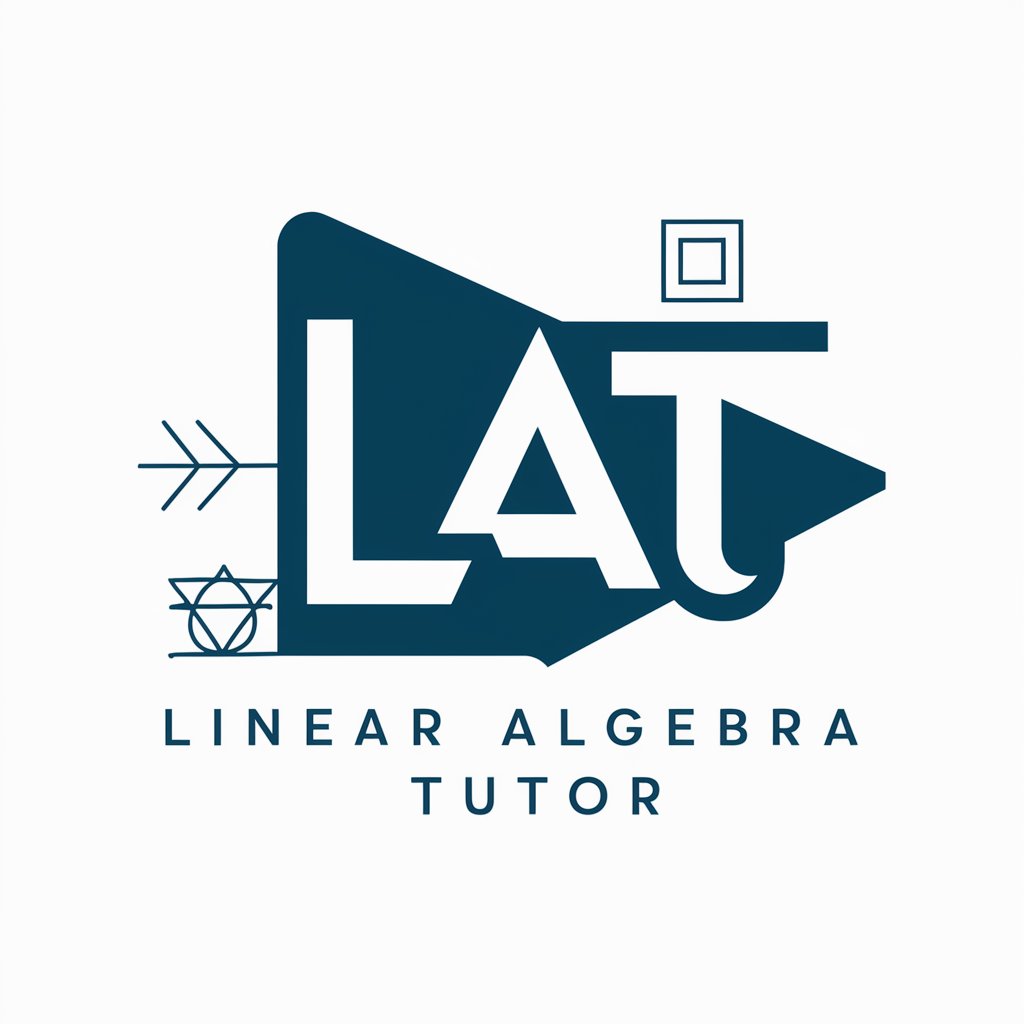
Most versatile solver for Linear Algebra problems. Easy to understand with step-by-step explanations. Powered by Solvely.
Explain this linear algebra concept.
Determine if the vector \(v = (3, -4, 2)\) is in the span of the vectors \(u_1 = (1, 0, -1)\), \(u_2 = (2, -2, 3)\), and \(u_3 = (-1, 2, 4)\).
Find the projection of the vector \(a = (3, 4)\) onto the vector \(b = (2, -1)\).
Show that the transformation \(T(x, y) = (x + 2y, 3x - y)\) is a linear transformation and find the standard matrix for \(T\).
Get Embed Code
Linear Algebra: What it is and why it matters
Linear algebra is the mathematics of vector spaces and linear maps (transformations that preserve addition and scalar multiplication). It provides a compact language—vectors, matrices, and tensors—for representing and manipulating high‑dimensional data, geometric transformations, and coupled relationships. In practice, its "design purpose" is to model proportional effects and superposition, solve large systems of linear equations, and reveal structure (e.g., directions of maximal variance, stable modes) in data and dynamical systems. Examples: (1) 3D graphics uses rotation, scaling, and projection matrices to move objects and render scenes; a point p is transformed via p' = Rp + t. (2) In data science, a dataset X is factorized with SVD (X = UΣVᵀ) to denoise, compress, or build recommenders. (3) In control and networks, stability and flow are analyzed via eigenvalues of system matrices and solutions of Ax = b for constraints like conservation of mass or charge.
Core capabilities of linear algebra in real-world work
SolvingLinear algebra introduction linear systems and least squares
Example
Calibrating a multi‑sensor rig: unknown parameters θ satisfy Aθ ≈ b (overdetermined). Use least squares θ* = argmin‖Aθ − b‖₂, typically solved with QR (A = QR) or SVD for stability.
Scenario
Operations & analytics: fitting a pricing model with thousands of observations (rows = transactions, columns = features). Direct normal equations (AᵀAθ = Aᵀb) are ill‑conditioned, so QR is used to obtain θ without squaring the condition number, yielding robust coefficients and uncertainty estimates.
Spectral analysis: eigenvalues, eigenvectors, and PCA
Example
Face recognition or defect detection: compute the top k principal components of centered data X (via SVD) to build a low‑dimensional subspace. New images are projected onto this subspace for classification or anomaly scoring.
Scenario
Web search & networks: Page importance is an eigenvector problem; the ranking vector r solves Gr = r for a stochastic matrix G. In engineering, modal analysis diagonalizes M⁻¹K to find natural vibration modes, letting designers damp the dominant modes to reduce resonance.
Matrix factorizations for structure, compression, and speed (LU/QR/Cholesky/SVD)
Example
Recommender systems: factorize a user–item matrix X ≈ UΣVᵀ (SVD) or use nonnegative matrix factorization X ≈ WH with W,H ≥ 0 to uncover interpretable latent factors (genres, tastes).
Scenario
Real‑time robotics & simulation: precompute Cholesky (A = LLᵀ) for symmetric positive definite systems in iterative control. In scientific computing, LU with partial pivoting solves many Ax = b instances quickly when A is reused but b changes frame‑to‑frame.
Who benefits most from linear algebra
Students and educators (STEM undergraduates, graduate researchers, and instructors)
They need a rigorous toolkit to model and solve problems across calculus, probability, and optimization. Linear algebra underpins proofs (span, basis, rank–nullity), numerical thinking (conditioning, stability), and modern curricula (PCA, convex optimization). Mastery enables clean formulations of classical topics (e.g., solving differential equations via eigen decomposition) and prepares students for research in data science, signal processing, and theoretical computer science.
Applied practitioners (data scientists, ML engineers, analysts, and engineers in control, graphics, and scientific computing)
Their daily work is matrix‑centric: batching tensor ops on GPUs, fitting models via least squares or gradient methods, regularizing with spectral norms, compressing with low‑rank approximations, and diagnosing pipelines via conditioning and rank. Linear algebra provides the mental model and algorithms to make systems faster, stabler, and more interpretable—whether it’s PCA for feature reduction, QR/SVD for robust regression, or eigen‑analysis for stability and community detection.
How to Use Linear Algebra (GPT)
Visit aichatonline.org for a free trial without login, also no need for ChatGPT Plus.
Start instantly—no account or subscription required.
Meet prerequisites
Know basic algebra and vectors/matrices. For deeper work, have Python with NumPy/SciPy/SymPy installed and any datasets or problem statements ready.
Formulate precisely
State what’s given/unknown, rewrite into linear-algebra form (Ax=b, eigenproblem, least squares, SVD). Specify assumptions (dimensions, rank, symmetry, SPD, sparsity).
Engage the tool
Paste the problem; request a solution approach, full steps, and Python verification. Ask for proofs, LaTeX, visualizations, or code to integrate (e.g., NumPy/SymPy). Iterate until the result matches requirements.
Validate and apply
Check conditioning, units, and dimensions; test on toy cases; use appropriate decompositions (QR for least squares, SVD for rank/conditioning, Cholesky for SPD). Interpret results and connect to your application.
Try other advanced and practical GPTs
Convo-AI
AI-powered assistant for creative tasks.

Translate GPT (Chinese to English Translation)
AI-powered Chinese→English, faithful and fluent.

Veeam Backup Expert Helper Bot
AI-powered Veeam Backup Helper Bot

cupcake v0 game 2: are you smarter than a degen
AI-powered trivia game for knowledge seekers

Blog Post / Article Image Generator + Alt Text
AI-driven images with SEO-friendly alt text.
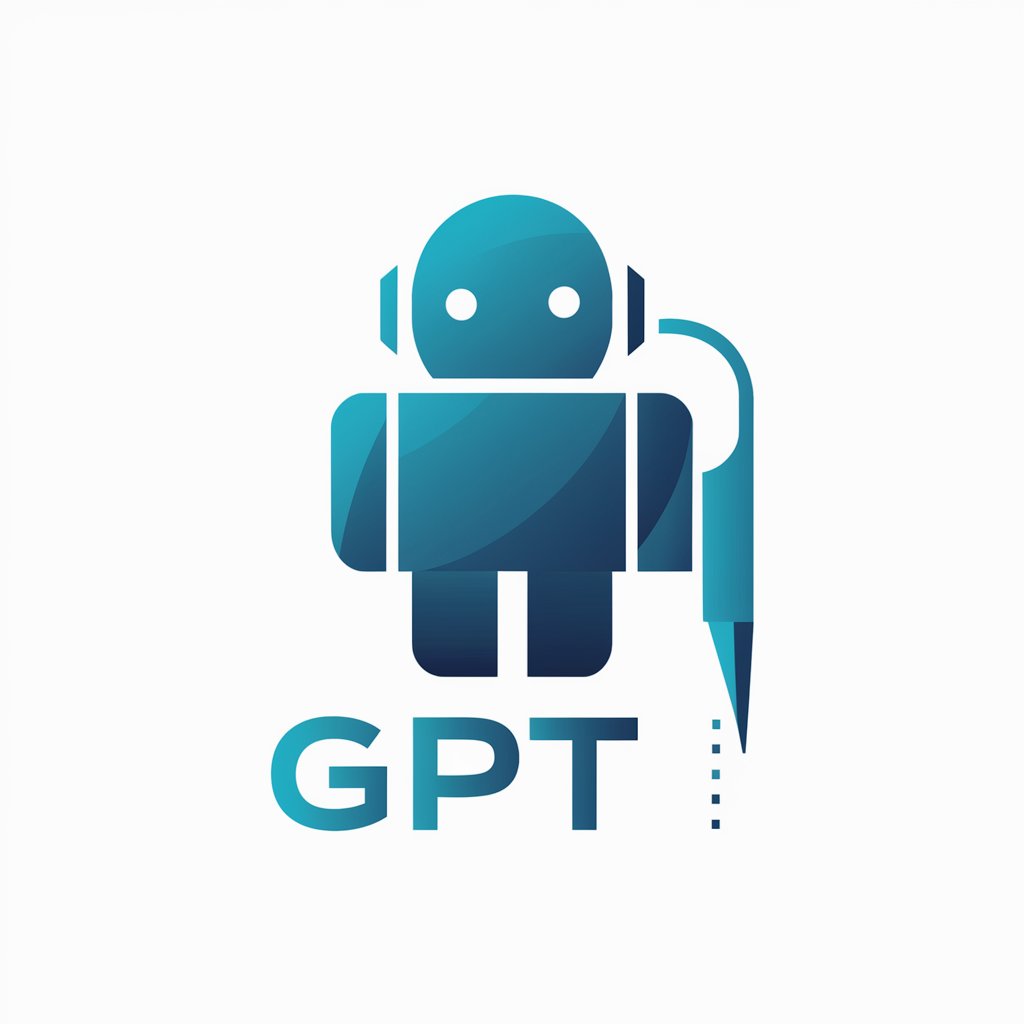
AHK v2 Wizard
AI-powered AutoHotkey v2 scripting.
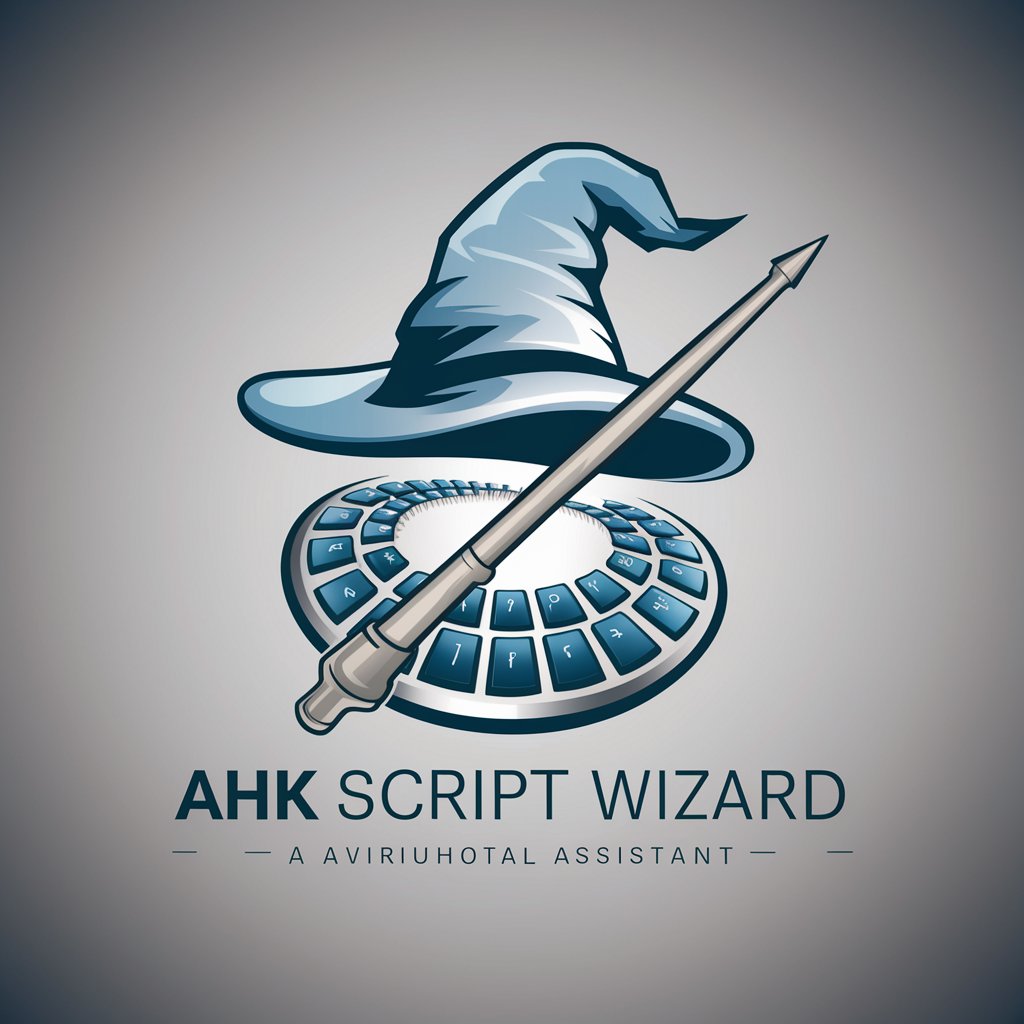
Algebra
AI-powered Algebra solver for efficient learning
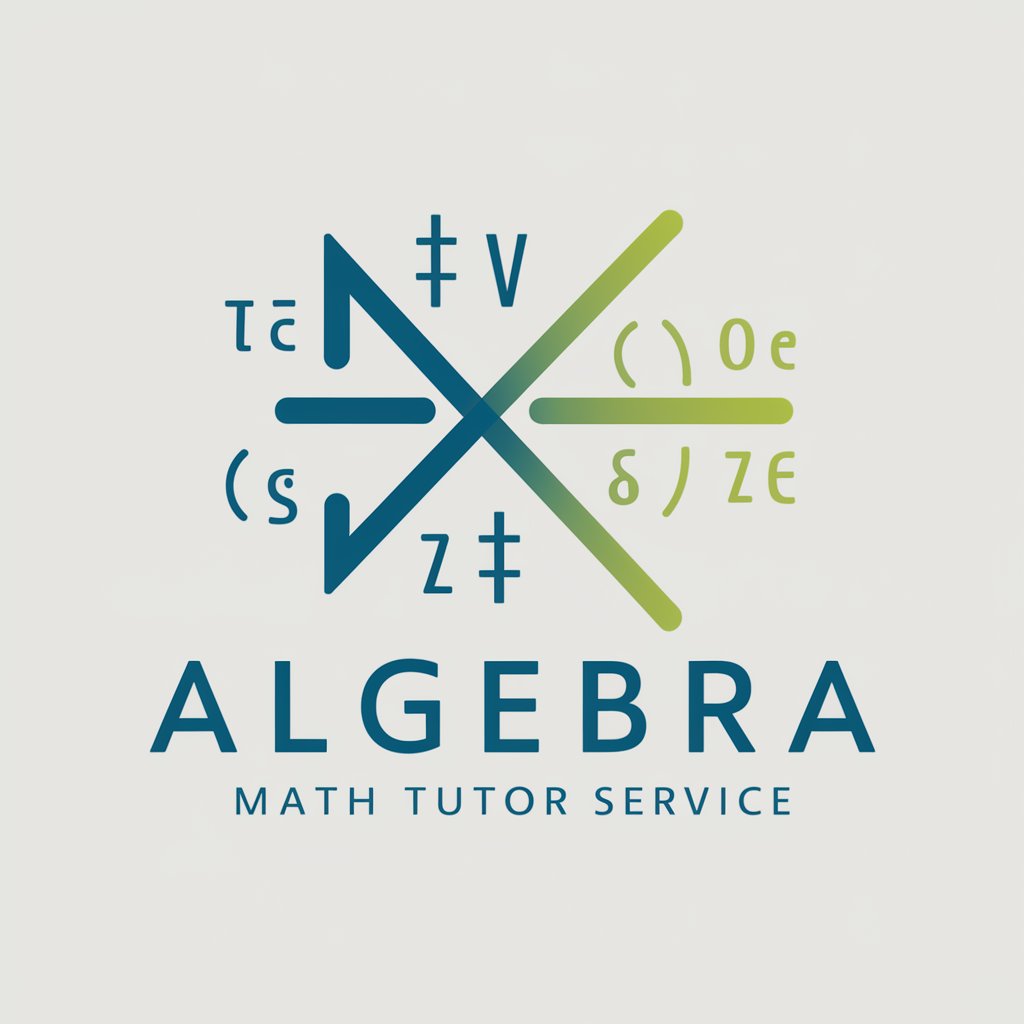
Asistente de Diseño de Diapositivas IA
Create stunning slides with AI ease.

Cat memo(猫ミーム)
AI‑powered storyboarder for viral cat memes.

Code Whisperer
AI‑powered code guidance, debugging, and design.
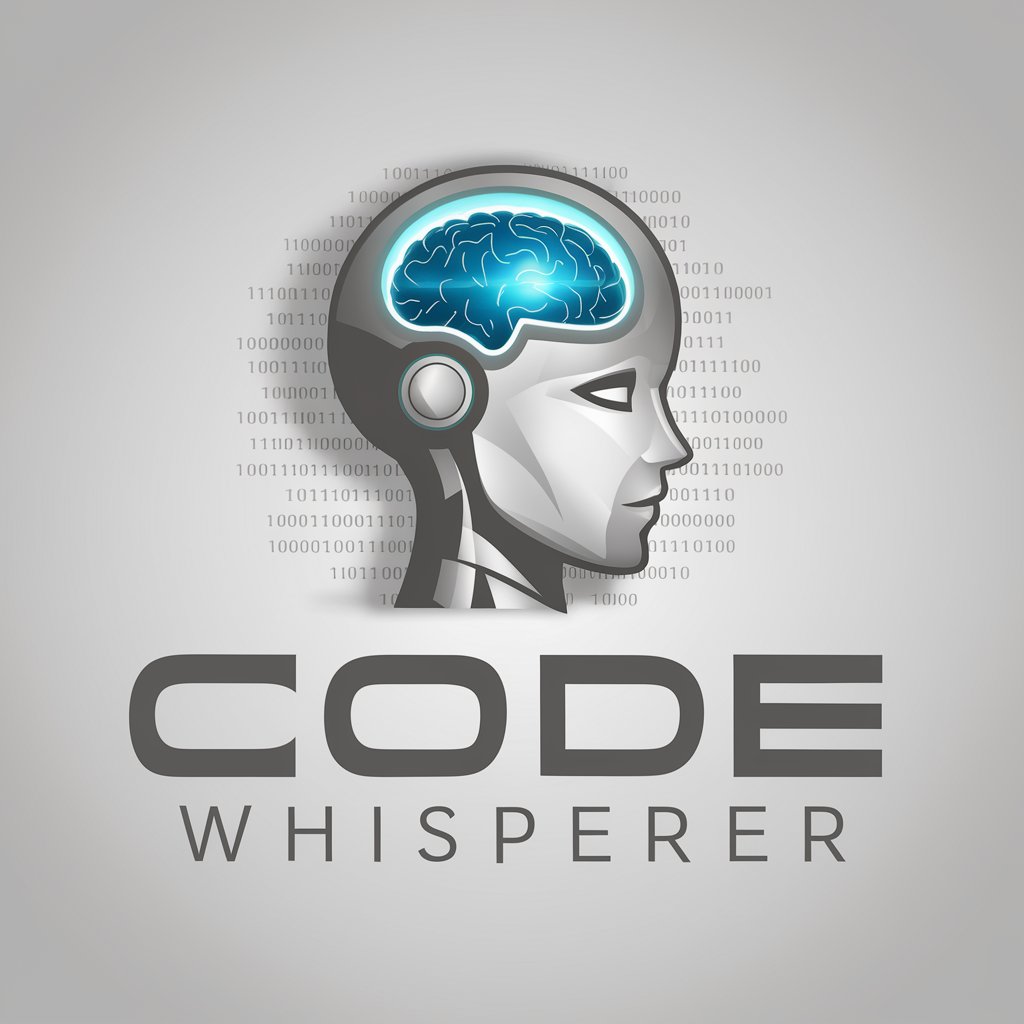
AI lain experiments
AI-powered writing, coding, and insight—guided by Lain

MindMeister mindmap creator for import
AI-Powered Mindmap Creation with Easy Import
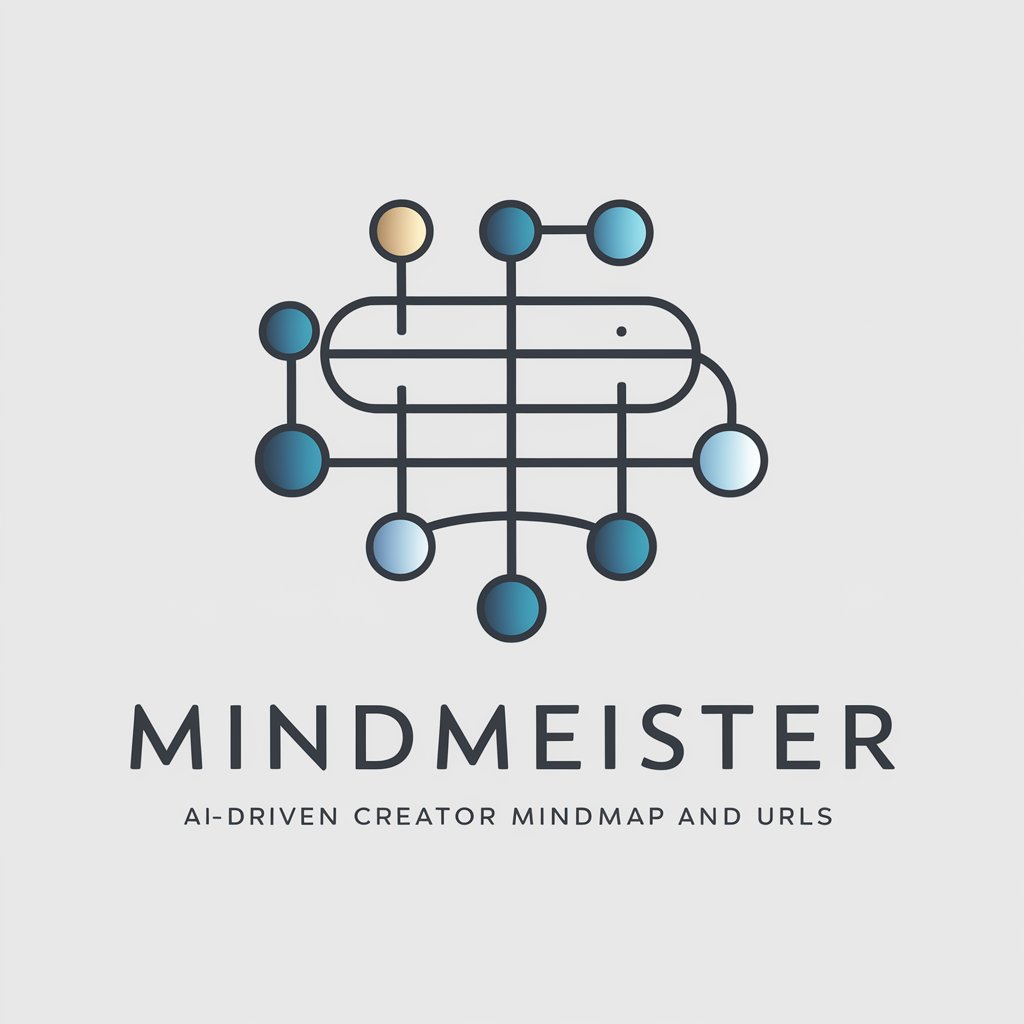
- Exam Prep
- Homework Help
- Data Science
- Proof Writing
- Matrix Computation
Five Detailed Q&A AboutUsing Linear Algebra Linear Algebra (GPT)
What kinds of linear algebra problems can you solve end‑to‑end?
Systems Ax=b (exact/least‑squares), eigenvalue/eigenvector problems, diagonalization/Jordan form (symbolic when feasible), SVD/PCA, projections/orthogonalization, determinants/rank/null spaces, linear transformations and change of basis, optimization with quadratic forms, matrix calculus basics, and application workflows in ML (regularized regression, PCA), graphics (transform matrices), control (controllability/observability), networks (graph Laplacians).
How do you show steps and verify results with Python?
I outline the approach, then perform explicit algebraic steps (row operations, factorizations, proofs). I provide executable Python using NumPy/SymPy to compute solutions, residuals (‖Ax−b‖), ranks, eigenpairs, and condition numbers, and to plot when helpful. I cross‑check symbolic and numeric paths, report stability notes, and highlight assumptions (e.g., full column rank for least squares).
Can you help with proofs and theory, not just numbers?
Yes. I craft rigorous proofs (e.g., Rank‑Nullity, spectral theorem applications, basis independence, diagonalizability criteria), provide counterexamples when claims fail, translate between coordinate‑free and matrix views, and supply concise lemmas. I explain where numerical intuition differs from exact algebra and note limitations when a statement depends on field or dimension.
How do you support real applications like data science or engineering?
I map problems to linear algebra primitives: build design matrices, center/scale data, perform SVD/PCA, interpret singular values/loadings, and suggest regularization (ridge) when ill‑conditioned. For control, I compute controllability/observability ranks and design projections. For graphics, I compose rotation/scale/shear matrices and verify orthogonality. For networks, I analyze Laplacian spectra for connectivity and clustering hints.
What are best practices and limitations I should know?
Use the right factorization: QR for least squares, SVD for ill‑conditioning, Cholesky for SPD. Monitor conditioning (κ(A)), pivot when needed, and avoid forming normal equations if A is ill‑conditioned. I respect your privacy and generate code and math transparently, but I don’t access external files unless you provide them, and purely symbolic tasks can be hard for very large matrices.





